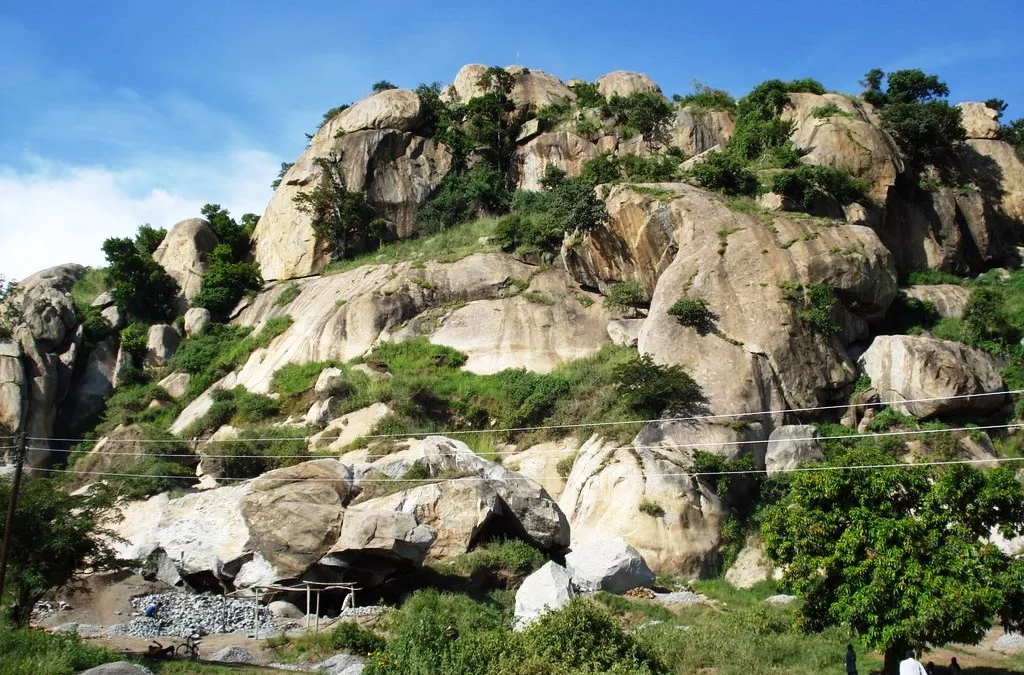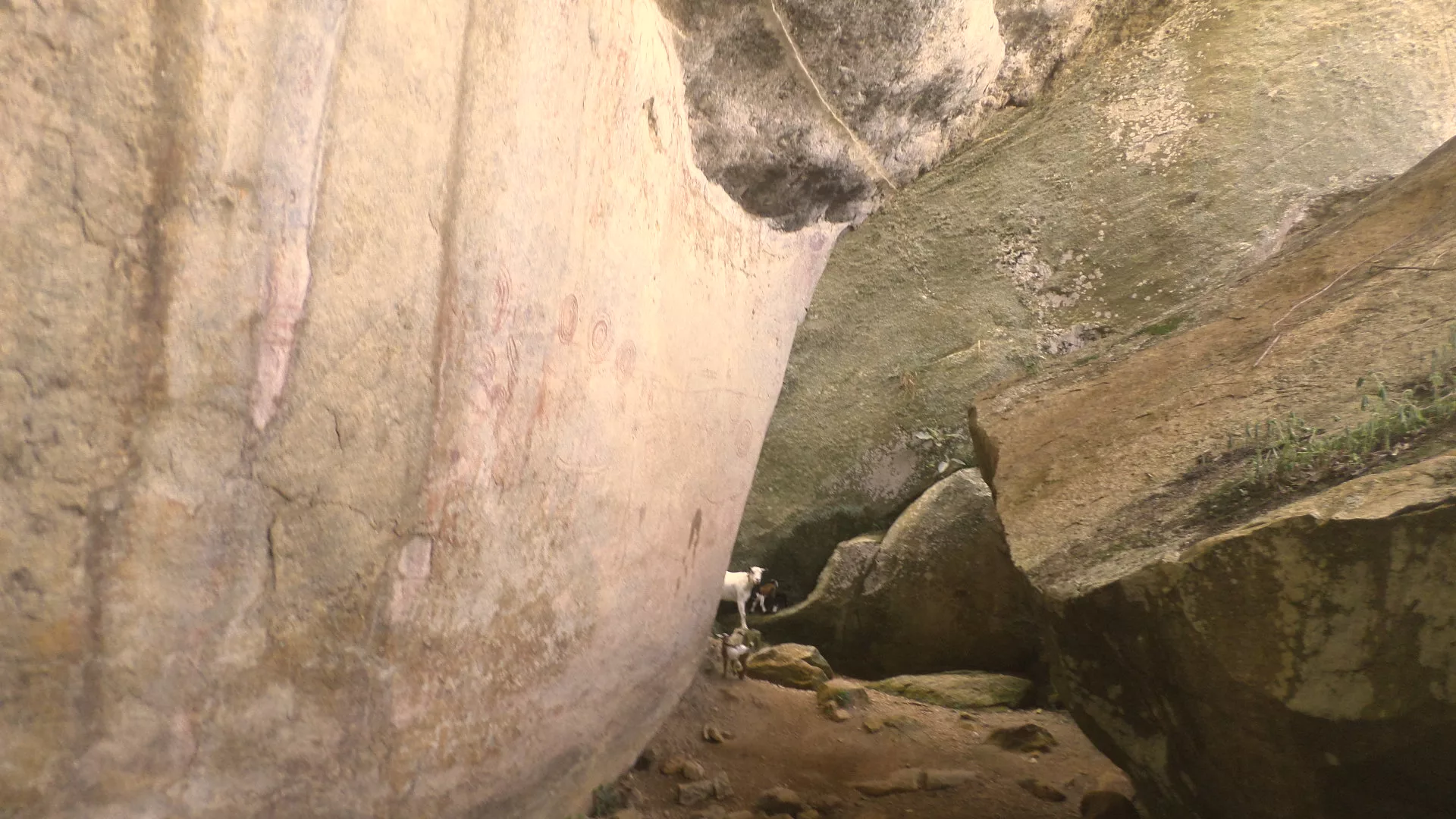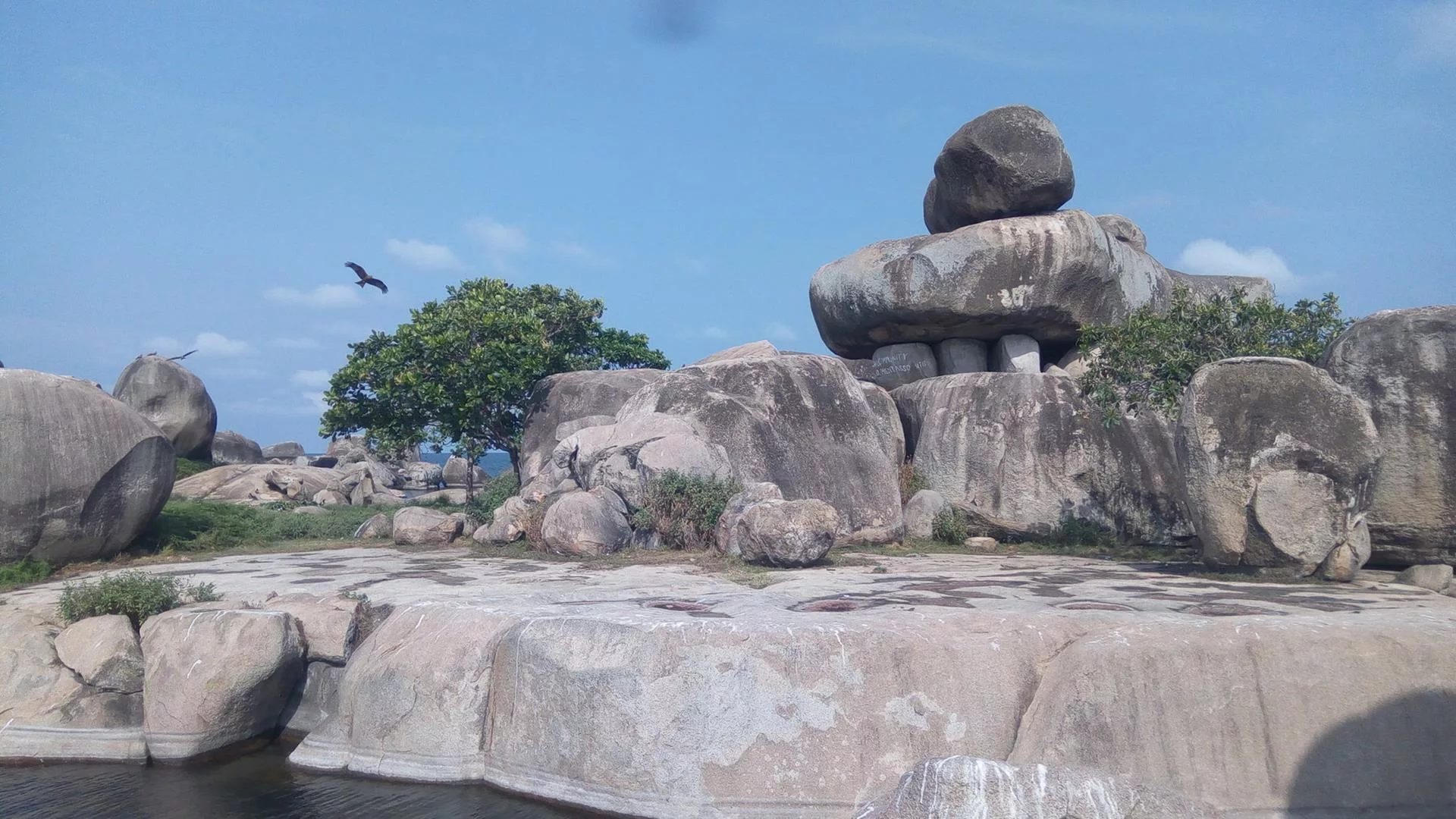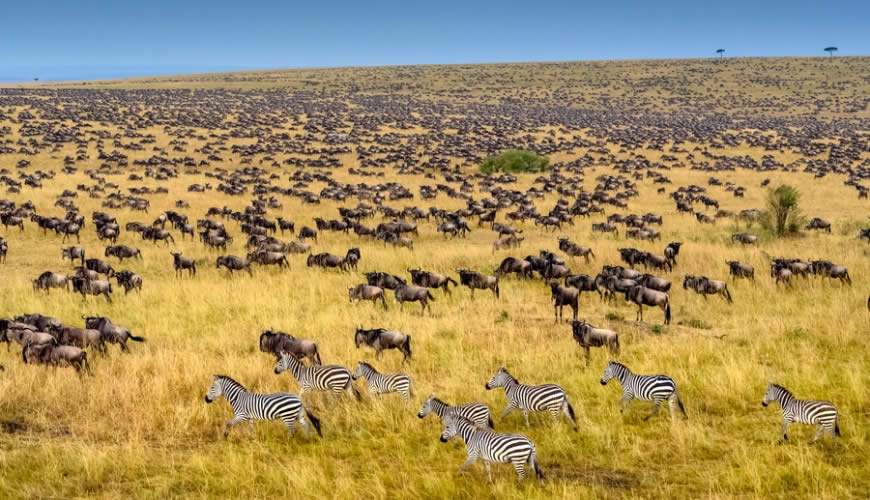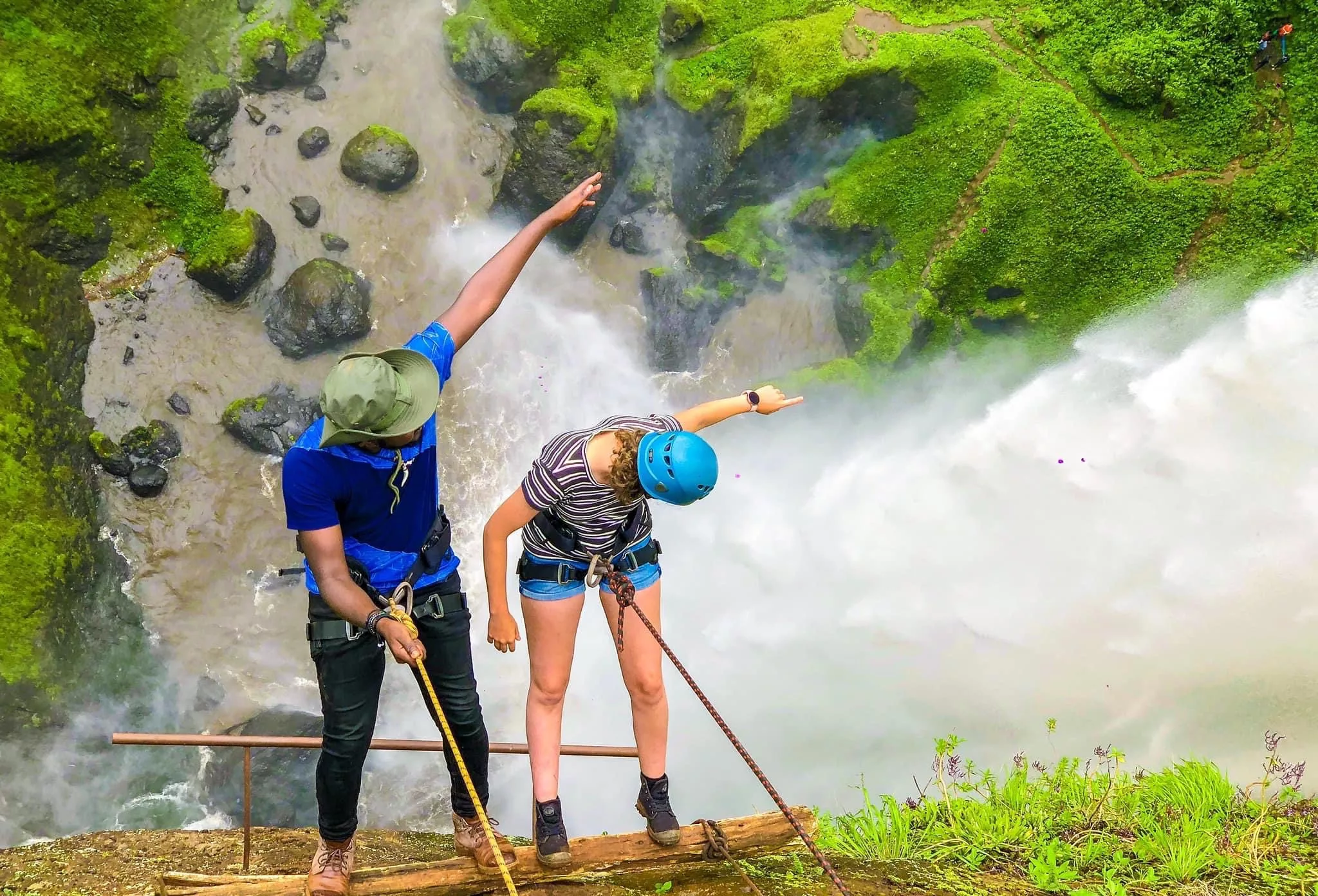
About Sipi Falls
May 2, 2023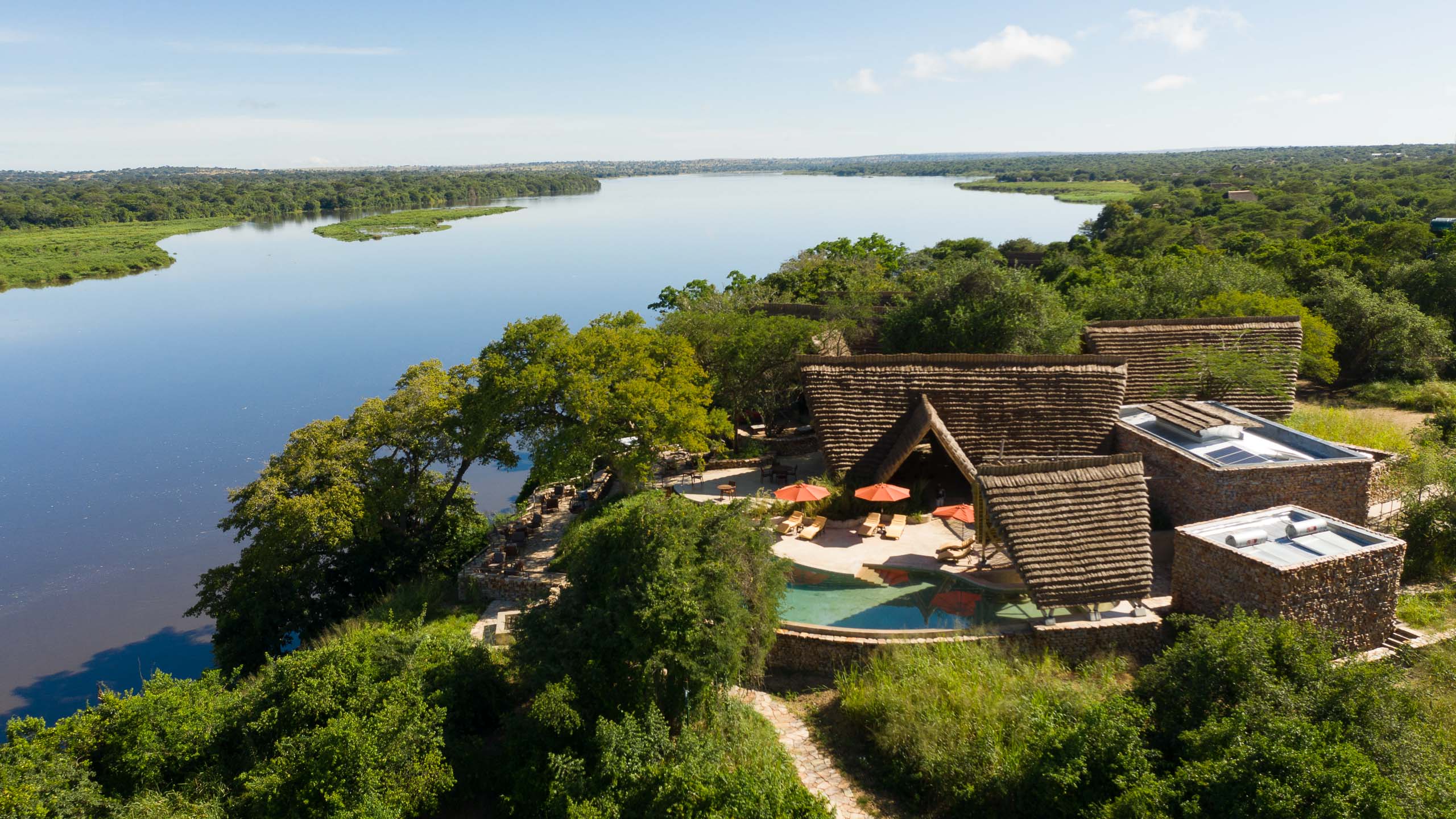
Safari Lodges in Murchison Falls National Park
May 5, 2023Nyero Rock in Soroti. Uganda Adventure Safari Holidays
Nyero Rock is a cultural and historical site located in the Teso sub-region of Uganda, specifically in the town of Soroti. It is a collection of three granite rock outcrops that are known for their ancient rock art. The rock art at Nyero is believed to have been created by the Twa people, who were hunter-gatherers in the area thousands of years ago.
The rock art at Nyero consists of a series of geometric and abstract designs that were painted using red and white pigments. The exact age of the rock art is uncertain, but it is estimated to be around 3,000 years old. The art depicts various patterns, including concentric circles, swirls, and human-like figures.
Nyero Rock is considered an important archaeological site in Uganda and is protected as a national monument. It attracts tourists, historians, and archaeologists who are interested in studying and experiencing ancient rock art. The site is also culturally significant to the local communities who consider it a sacred place.
Visitors to Nyero Rock can explore the rock formations and view the rock art up close. It’s important to note that rock art is fragile and sensitive to human touch, so visitors are encouraged to observe and appreciate it without causing any damage. Local guides are available at the site to provide information and enhance the visitor’s experience.
In addition to its cultural and historical significance, Nyero Rock offers beautiful natural surroundings, making it a picturesque destination for photography and nature enthusiasts. The site is easily accessible from Soroti town, and there are accommodations available in the area for those who wish to stay overnight and explore further.
When to Visit Nyero Rock?
Nyero Rock can be visited throughout the year, as the weather in the Soroti region of Uganda is generally favourable. However, it’s important to consider a few factors when deciding the best time to visit:
Dry Season
The dry season in Uganda typically runs from June to August and December to February. During this time, the weather is generally dry, and there is less rainfall, making it easier to explore the site and its surroundings. The dry season also offers clearer skies, which can enhance the visibility and overall experience of visiting Nyero Rock.
Rainy Season
The rainy season in Uganda usually occurs from March to May and September to November. During this period, rainfall is more frequent, and the terrain may become muddy and slippery. However, the rain can also bring out the lush greenery, making the surroundings more vibrant and picturesque. Just keep in mind that the rain may affect accessibility and outdoor activities, so be prepared with appropriate gear and plan accordingly.
Visitor Numbers
It’s worth noting that Nyero Rock is not as crowded as some other tourist sites in Uganda, so even during peak seasons, it is usually less crowded. However, if you prefer a quieter and more serene experience, visiting during the low season or on weekdays might be more suitable for you.
Local Events
Consider checking the local calendar for any special events or festivals that may be taking place in the Soroti region. Attending such events can provide a unique cultural experience and a chance to engage with the local community.
Ultimately, the best time to visit Nyero Rock depends on your preferences and priorities. If you prioritize dry weather and clearer skies, aim for the dry season. However, if you appreciate lush greenery and don’t mind the occasional rain, the rainy season can offer a different kind of charm.
Where to Stay Around Nyero Rock in Soroti?
When visiting Nyero Rock in Soroti, there are several accommodation options available in the surrounding area. While there might not be many large hotels or resorts right next to the rock site, Soroti town, which is nearby, offers a range of lodging choices. Here are some options for where to stay around Nyero Rock:
Hotels in Soroti Town
Soroti has a few hotels that cater to travellers. These hotels typically offer comfortable rooms, amenities such as restaurants, Wi-Fi, and sometimes even swimming pools. Some popular hotels in Soroti include the Soroti Hotel, Friends Hotel, and Shalom Hotel.
Guesthouses and Lodges
There are also guesthouses and lodges available in and around Soroti. These are usually smaller establishments that offer basic amenities and a more intimate atmosphere. Examples include Teso Hotel, Hilltop Hotel, and Rock Classic Hotel.
Camping and Nature Lodges
If you prefer a more adventurous experience or want to immerse yourself in nature, camping or staying at nature lodges can be an option. Some lodges in the area offer tented accommodations or cottages nestled in natural surroundings. One such option is Karamoja Safari Camp, which provides a rustic experience close to Nyero Rock.
It’s advisable to book your accommodation in advance to secure your preferred choice, especially during peak travel seasons. Also, keep in mind that the availability and options may vary, so it’s a good idea to check with local travel agencies, online booking platforms, or tourism information centres for the most up-to-date and suitable accommodation options around Nyero Rock in Soroti.
Cultural Activities Done at Nyero Rock
Nyero Rock is not only known for its ancient rock art but also for its cultural significance. The site holds cultural and historical importance to the local communities in the region. While visiting Nyero Rock, you can engage in various cultural activities that offer a deeper understanding of the area’s heritage. Here are some cultural activities that can be done at Nyero Rock:
Guided Tours
Local guides are available at Nyero Rock to provide guided tours of the site. They can share insights into the history, meaning, and significance of rock art. These guided tours allow you to learn about the cultural context of the art and the beliefs and practices of the people who created it.
Interpretation of Rock Art
The rock art at Nyero is a form of ancient communication, and it often carries symbolic meanings. Engaging with knowledgeable guides can help you interpret the different patterns, symbols, and figures depicted in rock art. They can explain the possible cultural, spiritual, and historical significance of these elements.
Cultural Performances
Occasionally, cultural performances and events are organized at Nyero Rock or in nearby communities. These performances can include traditional music, dance, storytelling, and other forms of artistic expression. Attending these events provides an opportunity to witness and appreciate the living and cultural heritage of the local communities.
Interaction with Local Communities
Nyero Rock is situated in an area where local communities reside. Interacting with the locals can be an enriching cultural experience. You can learn about their way of life, traditions, and customs. Engaging in conversations, visiting nearby villages, or participating in community activities can offer insights into the local culture.
Cultural Workshops
At times, cultural workshops may be organized where visitors can actively participate in traditional activities such as pottery making, weaving, or learning traditional dance moves. These workshops provide hands-on experiences and a chance to learn traditional skills from local artisans and community members.
It’s important to respect the cultural sensitivities and practices while participating in these activities. Engaging with the local community and understanding their customs can enhance your experience and foster cultural exchange and appreciation.


